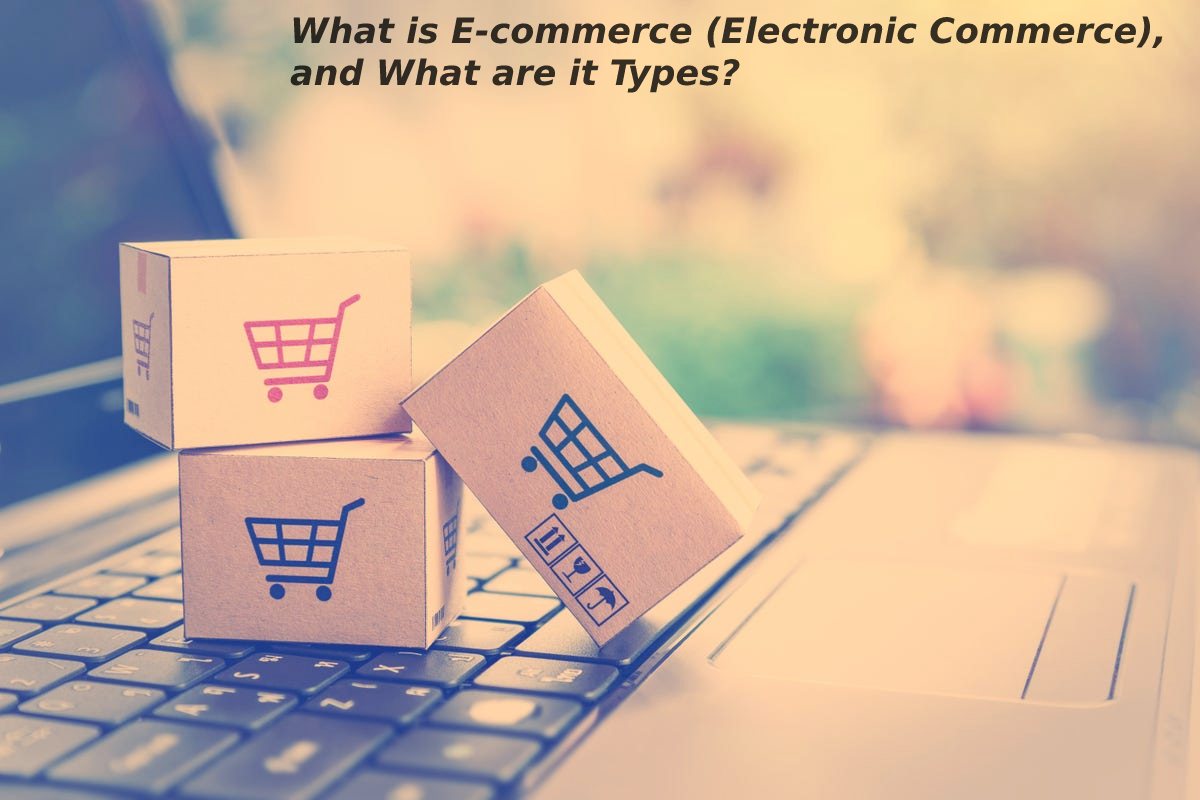E-commerce (Electronic commerce) is the business model on the transactions of products and services in electronic media, whether on social networks or websites.
E-commerce is growing by leaps and bounds in different corners of the world, and Latin America is a good example.
At the end of 2019, the expansion of sales through digital channels could increase by 15.7% in the region, compares to 2018 figures, according to statistics from the World Electronic Commerce Index, from América Retail.
Table of Contents
E-commerce(Electronic Commerce) – Definition
E-commerce is translated from the English term e-commerce and can be defined as an economic activity that allows the sale of products and services from digital media such as web pages, mobile applications and social networks.
Through the virtual network, customers can access various catalogs of services and products anytime, anywhere.
The relevance of this type of trading is such that companies accept it as part of their sales strategy due to its effectiveness.
The establishments already have web pages and are creating social media profiles to reach a wider audience.
Selling and buying is already a straightforward task that of course advances technologies such as mobile devices with web access.
These are the processes of buying and selling products and services through electronic channels, especially through websites, applications and social networks on the Internet.
What are the Benefits of E-Commerce?
There are more specific advantages of this marketing method. Here we will explain 3 of them.
Flexibility and Simplification
To be a successful virtual store, you will not need hundreds of employees, as long as you have decent architecture and technological support.
In addition, there are solutions such as Dropshipping, which significantly simplify the online sales process. In the case of this model, it allows electronic businesses to operate without having a stock. As it provides a direct link with the supplier.
Access to Information
We will tell you about Digital Marketing and Inbound Marketing. But will tell you that developing this strategy is much easier when it markets electronically.
This is because of the dynamics of e-commerce provide access to valuable information on customer identification, consumption patterns, and market preferences. In addition, it is very easy to follow the different metrics and KPIs of e-commerce, including the conversion rate.
Less Investment
In recent years, e-commerce has not only become a source of profitability for large brands. It has also established itself as a very good alternative for small and medium entrepreneurs.
This is because it requires much lower investments than traditional commerce.
Among other things, it saves on employee payroll, large-volume inventories, and expenses associated with maintaining and renting physical stores.
What Types of E-commerce are There?
This marketing method is so developed today that it has different types of e-commerce and specific fields of action.
E-commerce B2B
This is e-commerce carries out from business to business, that is, Business to Business (B2B).
Its focus is not directly related to the final consumer, but rather to suppliers, retailers, and other intermediaries.
E-commerce B2C
Now we are talking about Business to Consumer (B2C) or, in Spanish, about business to the consumer.
As of end-users, this is the one we interact with when ordering a product or service at one of our favorite virtual stores.
E-commerce C2C
C2C stands for Consumer to Consumer. This means that this type is nothing more than the migration to the digital field of garage sales, neighborhood markets, or, simply, direct marketing between two or more individuals.
E-commerce G2C
When we refer to the acronym G2C, we are talking about government to the consumer (Government to Consumer).
It covers all those transactions, purchases, and payments that a citizen can make before online systems of the State.
How to Build an E-commerce Store?
Good question! Although you already know some e-commerce platforms, that’s not all you need to know to be successful in this sector!
Pay attention to these 4 steps to create an online store in an organized way.
Define the Product or Services or Services that you will Sell
A virtual store cannot have a confusing offer. You must define and section the products, services, (or groups of these) that you will market.
Logically, this accompanies in-depth market research and the delimitation of the target audience.
Establish Suppliers or Logistics Points
Guaranteeing supply is essential before starting any business, and a virtual store is no exception.
Remember that you are not grateful to have a physical and immediate inventory in the digital environment since you will be able to connect with a supplier.
It also defines logistics points such as delivery times and those responsible (your team or third parties) for them.
Develop the Store
Already know that you can do it through a specialized platform in electronic commerce.
However, you want an even more personal concept, go for your development (with the support of experts in programming, design, and other areas, of course).
Define your Virtual Strategy
What social networks you use? How you attract users to your store? You must answer these and many other questions in your virtual strategy guide or manual.

